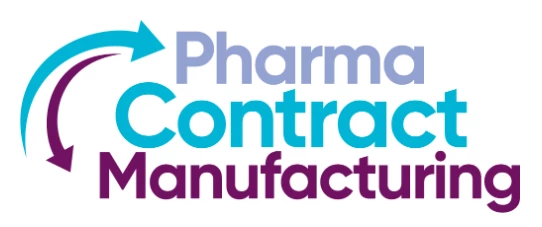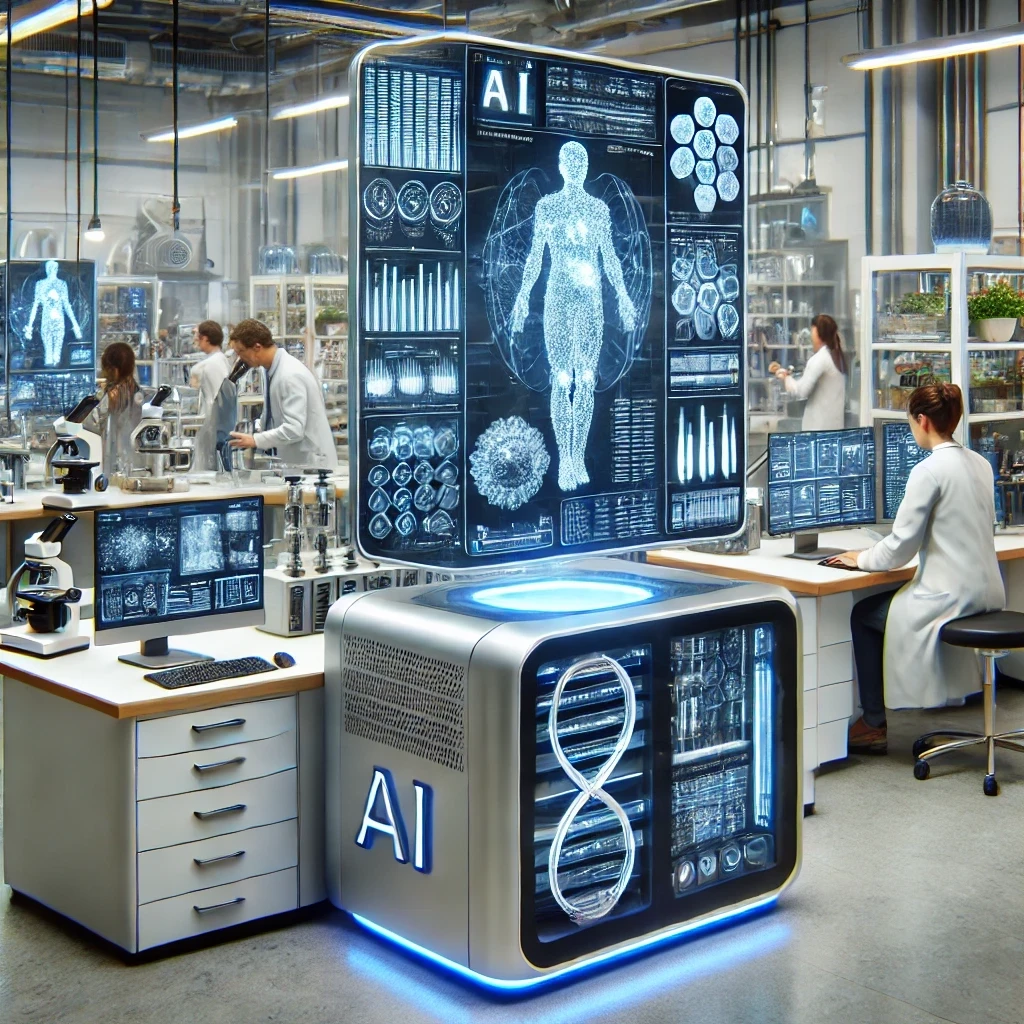An introduction to nanomedicine with the World Nano Foundation
The World Nano Foundation explains how nanomedicine could treat Covid-19 and degenerative diseases
Add bookmark
The World Nano Foundation (WNF) was founded in 2015 with the aim of encouraging researchers and other stakeholders to develop nanotechnologies for health conditions, as well as for other industries.
Chairman Paul Stannard and founder Paul Sheedy, who helped lead the provision of Chinese-manufactured Covid-19 rapid antibody tests in Europe, tells Pharma IQ about the possibilities of nanomedicine to treat disease.
Pharma IQ: What is nanomedicine and what makes it different to conventional medicine?
Paul Stannard: Drug development is very costly because the failure rate when drugs go to clinical trials is so high. Also, a lot of new drugs are just repurposing something that has already been through two or three cycles of clinical trials. This is why a lot of drugs have side effects and slow things down rather than solve the problem. It is a sticking plaster rather than a permanent fix.
With nanomedicines, because they are on the nanoscale, they have a lot less problems with adaptation inside the body because they are so tiny. They can go direct to the problem, unlike an aspirin where only a tiny speck of the drug does any good, but you can't take it too often because it causes all sorts of other problems.
Paul Sheedy: One nanometer is one-billionth of a meter. To give you an idea, cells are many thousands of nanometers wide, but the spike on a Coronavirus protein is 11 nanometers wide in total. These are beyond what the eye can see so when you are working with anything under 100 nanometers you need specialist microscopes.
Pharma IQ: How can nanomedicine be used to create new drugs?
Paul Stannard: If you take a combination of nanotechnology, nanomedicines and computational drug delivery led by artificial intelligence (AI), you can potentially produce many more drugs more effectively. Because of their size, you could maybe put 45 drug candidates through a computational drug delivery platform for every one you would study in the old way of doing things.
Because it is so tiny, you can put something a bit like a homing device on a nano particle to hold the medicine. It can then go straight to the brain or the heart or to the virus to deal with it, so there is no waste.
Pharma IQ: Could nanomedicine be used to treat Covid-19?
Paul Sheedy: There is an antiviral drug in development at the moment that is actually a novel compound as opposed to a derived compound from something that is already in use. It looks at the tiny things that happen when a virus attacks and it has found one part of the cell that is redundant for our functions, that the virus uses to enter a cell. Because we don’t need it, or so we believe, if we shut it down or turn it off, the virus won’t be able to access the cell and therefore won’t be successful in attacking it.
This has been discovered thanks to people thinking about it from a nanotechnology perspective. The other drugs you see on the market for Covid-19 are derived from other treatments.
Pharma IQ: What other possibilities exist for this type of medicine?
Paul Stannard: We currently have a nanomedicine-based company researching the Leukaemia Inhibitory Factor (LIF). Its studies have found that if we have more LIF in our lungs we are less likely to develop problems as a result of Covid-19.
As we get older we produce less LIF. Around 30 years ago this particular scientist looked at encapsulating LIF in a nanoparticle and putting some kind of homing device on it that sends it to pass the blood brain barrier. Then it dissolves in the brain and releases LIF.
Paul Sheedy: When the LIF dissolves, it can look at what is needed and it becomes that thing. For example, if it finds there should be more myelin in the brain, it turns into myelin.
It is in the very early stages of development, but this particular scientist has managed to reverse MS in mice. Researchers induced MS in the mice and then treated it using this method. They saw the mice paralysed in their containers, then four days later they gained full mobility.
In nanotechnology there are people engineering at such a microscopic, unimaginably small scale, but it has a big impact on what they are working on. In the future we will be able to do even more with computer vision systems.
Get exclusive access to member-only articles, reports, videos, interviews, webinars and other premium content from industry experts and thought leaders by signing up to Pharma IQ here.
























